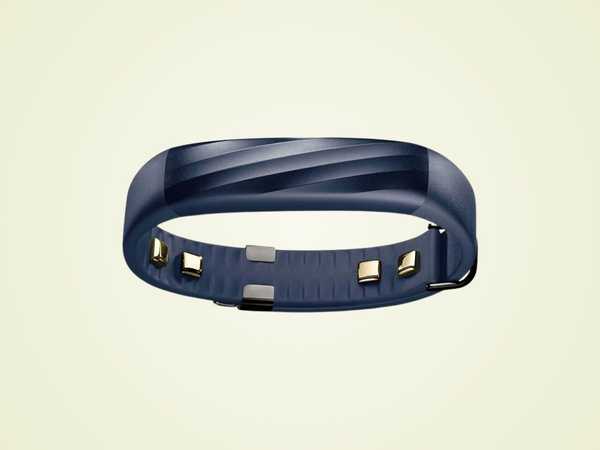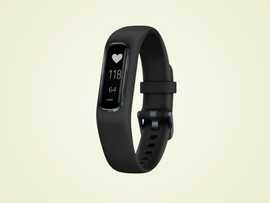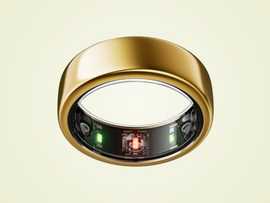In the world of wearable technology, sleep tracking has become a significant feature for many users, offering insights into sleep patterns and quality. The Jawbone UP3, although no longer in production since Jawbone's exit from the consumer market, remains a topic of interest for its ambitious approach to health monitoring. This detailed review will explore the Jawbone UP3's capabilities, focusing on its sleep tracking functionality, and how it compares to other devices in the market.
Accuracy
The Jawbone UP3 was known for its advanced sleep tracking capabilities, which included the ability to monitor REM, light, and deep sleep stages. This was a standout feature at the time of its release, as many other trackers were only able to distinguish between sleep and wake states. The UP3 utilized a combination of motion sensors and heart rate data to provide these insights, aiming to offer a more detailed analysis of sleep quality.
However, the accuracy of the UP3's sleep tracking was sometimes questioned. Users reported discrepancies in sleep stage data, which could be partly attributed to the device's reliance on bioimpedance sensors for heart rate monitoring, rather than the more accurate optical sensors found in newer models like the Apple Watch. Despite these issues, many found the sleep stage tracking to be a useful guide for understanding their sleep patterns.
Comfort
One of the most critical aspects of any sleep tracker is its comfort, as the device must be worn throughout the night. The Jawbone UP3 was designed with this in mind, featuring a slim, flexible wristband that was both lightweight and unobtrusive. The clasp mechanism allowed for adjustable sizing, which helped ensure a snug, yet comfortable fit for a variety of wrist sizes.
The material used for the band was hypoallergenic and water-resistant, making it suitable for continuous wear, including during showers. However, some users noted that the band could become uncomfortable over long periods, particularly if worn too tightly, which was sometimes necessary to ensure consistent heart rate data.
Battery Life
Battery life is a crucial factor for wearable devices, especially those used for sleep tracking, as frequent charging can be a significant inconvenience. The Jawbone UP3 boasted a battery life of up to 7 days on a single charge, which was quite competitive at the time of its release. This longevity allowed users to wear the device for extended periods without worrying about daily recharging.
The UP3 charged via a proprietary USB charger, which was a common point of criticism. The unique charger meant that if it was lost or damaged, users had to obtain a replacement directly from Jawbone, which could be inconvenient and sometimes costly.
Data Insights
The Jawbone UP3 worked in conjunction with the Jawbone app, which provided detailed insights based on the data collected by the device. The app offered an in-depth look at sleep patterns, including total sleep time, sleep efficiency, and the duration spent in each sleep stage. It also provided personalized tips to help improve sleep quality, which many users found beneficial.
Moreover, the app allowed for the integration of data from other health aspects, such as activity tracking and heart rate monitoring, giving a comprehensive overview of one's health and fitness. However, with Jawbone's exit from the market, ongoing support and updates for the app ceased, which may affect long-term usability and integration with newer smartphones.
Wearability
The Jawbone UP3's design was focused on minimalism and functionality, making it one of the more stylish fitness trackers of its time. Its slim profile and smooth finish allowed it to blend seamlessly with everyday wear, from workout gear to business attire. This made the UP3 not only a functional device for health tracking but also a fashionable accessory.
However, the non-display nature of the device meant that all interactions had to be done through the smartphone app. While this wasn't a dealbreaker for most users, it did limit the device's functionality as a standalone gadget.
App Integration
The integration with the Jawbone app was a significant selling point for the UP3. The app's interface was user-friendly, providing a clear and concise overview of the data collected. It also included features such as Smart Coach, which used the collected data to offer personalized advice and challenges to improve health and fitness.
Despite its strengths, the future of the app's functionality remains uncertain due to Jawbone's shift away from consumer products. This affects the device's appeal to new users or those looking for a product with guaranteed long-term support.
Conclusion
The Jawbone UP3 was a pioneering device in the realm of sleep tracking, offering detailed insights into sleep stages that were not commonly available at the time. Its design and battery life made it an excellent choice for continuous wear, although some aspects of comfort and heart rate sensor accuracy were less than perfect. While it remains a useful device for those who already own it, potential buyers should consider the lack of ongoing support and app updates before making a purchase. For those looking for alternatives, newer models from brands like Apple, Fitbit, and Garmin might offer more reliability and advanced features with better long-term support.




